15 Cleaners That Can Do the Most Damage
These trusty cleaning products might do a good job getting rid of stains, dirt, and germs, but it's important to know about their damaging effects on your house and health if you use them too much.

These trusty cleaning products might do a good job getting rid of stains, dirt, and germs, but it's important to know about their damaging effects on your house and health if you use them too much.

Style preferences, geographic location, and project budget should drive your selection of a wood siding product for your home.
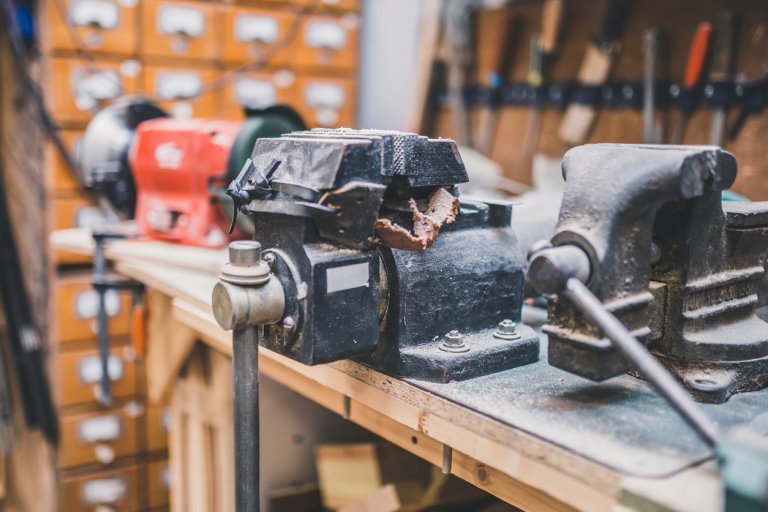
Get a grip on the several different types of woodworking vises available for your workbench, each with its own virtues and drawbacks.

The prime time for tree trimming isn’t what you think.
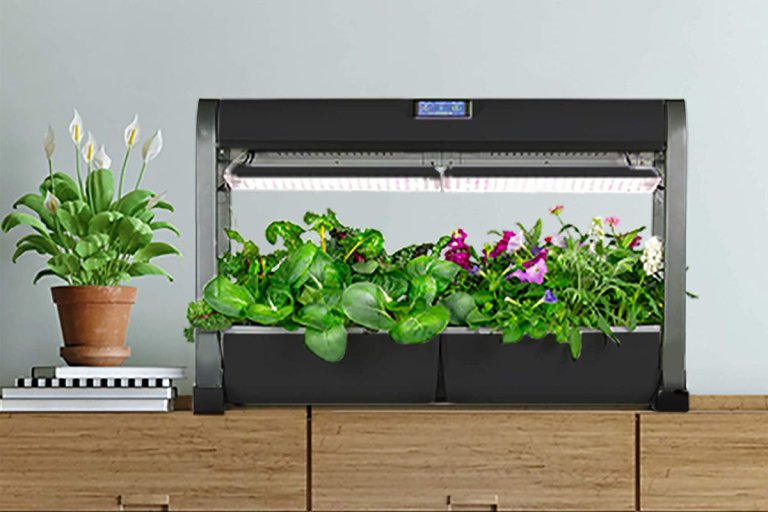
Make indoor gardening easy with these convenient, hydroponic gardens from AeroGarden for growing fresh herbs, veggies, and more.

Rattan and wicker furnishings can give your home’s decor a modern, natural vibe. Before you rush out and buy some on-trend pieces, first learn what these two terms really mean.

Big and awkward when not gracefully gliding in the water, kayaks tend to take up more room in the garage than anticipated. Check out these kayak storage ideas to help free up space and keep things tidy.
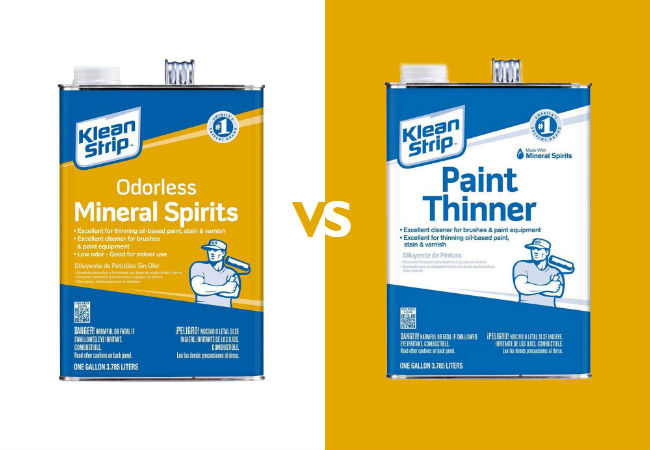
Brush up on the differences between these two oft-confused solvents before tackling your next painting to-do.
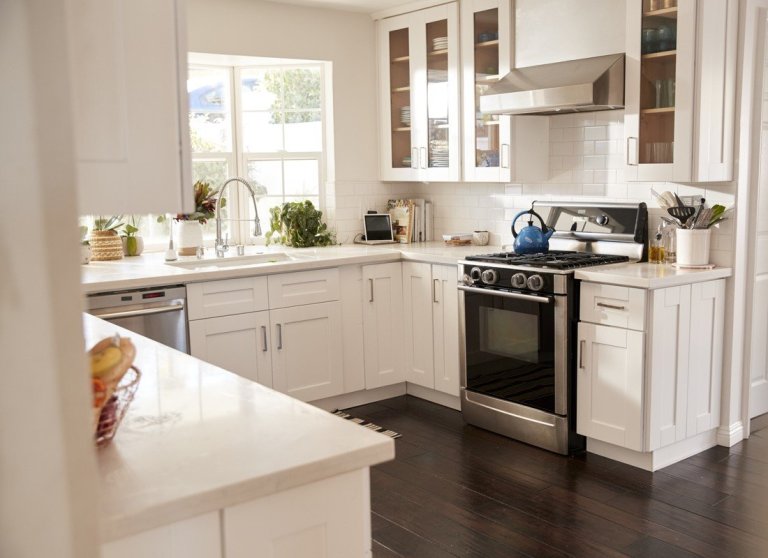
Learn about the various possible purposes of the drawer under a gas or electric oven—and put it to good use in your kitchen.

In search of a tree that looks good all year long? Colorful leaves come and go, but white tree bark is striking no matter the season.

Are you spending more money than necessary to maintain and run your car? We're compiled a list of 14 common auto maintenance practices that are real money-wasters that you can stop doing immediately. Your car is expensive enough already!
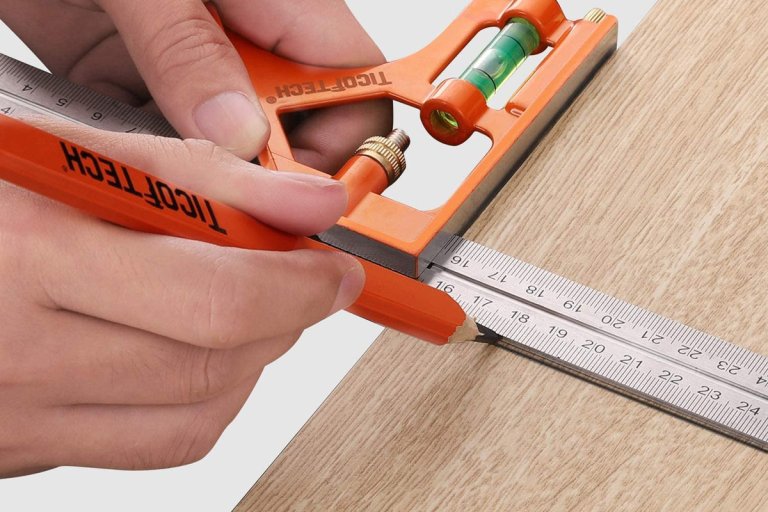
A combination square is a single tool, but it’s versatile enough to use for all kinds of marking, measuring, and leveling tasks. Explore the different varieties to select the best combination square for your workshop.

Enjoy this gardening favorite's vibrant blooms from late spring through fall when you follow these tips for proper care.
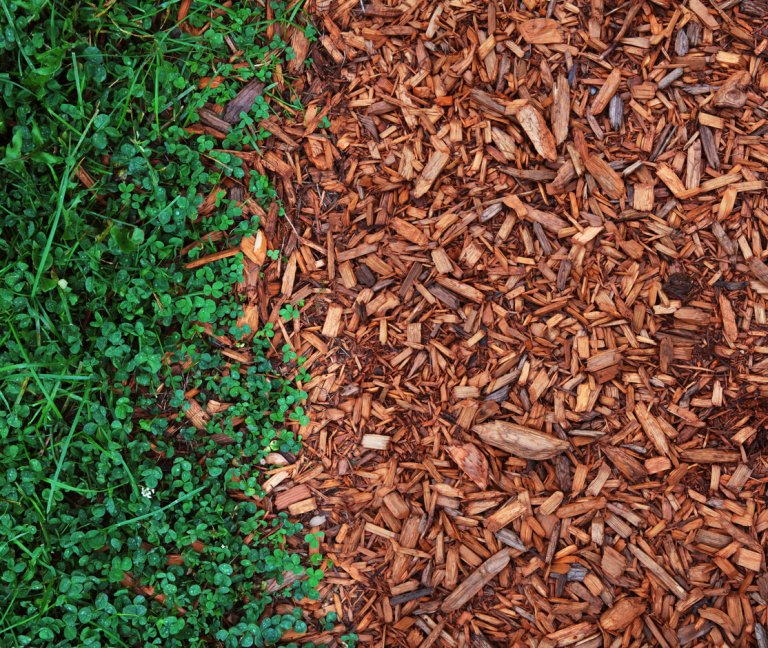
Can the cedar that protects clothes also protect your plants? Try it in the garden, and see what happens when the chips are down.

Your house is made up of walls, windows, floors, doors... and a bunch of other thingamajigs and whatsits. Here, a slew of architectural mysteries solved!

Replacing decking is an expensive and backbreaking endeavor. Breathe new life into that old deck with the best deck resurfacer.

An enjoyable afternoon spent working in the garden, a lovely evening relaxing in the yard: the exterior of your home provides plenty of opportunities to recharge your batteries while soaking in the great outdoors. Unfortunately, a wide variety of unwanted critters—including insects, rodents, and other trouble-making animals—also are drawn to your yard, and they aren’t there to help with the gardening. These visitors are generally in search of a meal or a home of their own, and they don’t care how much backyard mess and destruction they create in the process. While you’ll never be able to block 100% of outdoor pests, the following tips will help you greatly reduce 20 of the most common uninvited visitors.

Spruce up your plain wooden furniture with this beautiful, barely there paint finish.
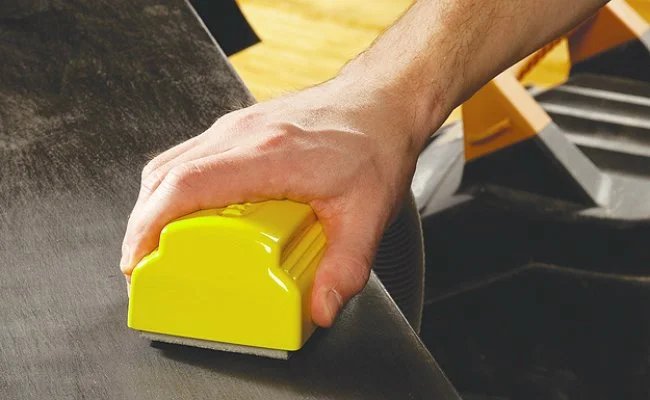
The right tools and techniques are all you need to give your walls and wood surfaces a smooth finish—without the worry of a dusty aftermath.

Your stove top shouldn’t reveal forensic evidence of everything you’ve recently cooked. Discover five easy steps to keep your electric range from exposing your culinary spills and missteps.